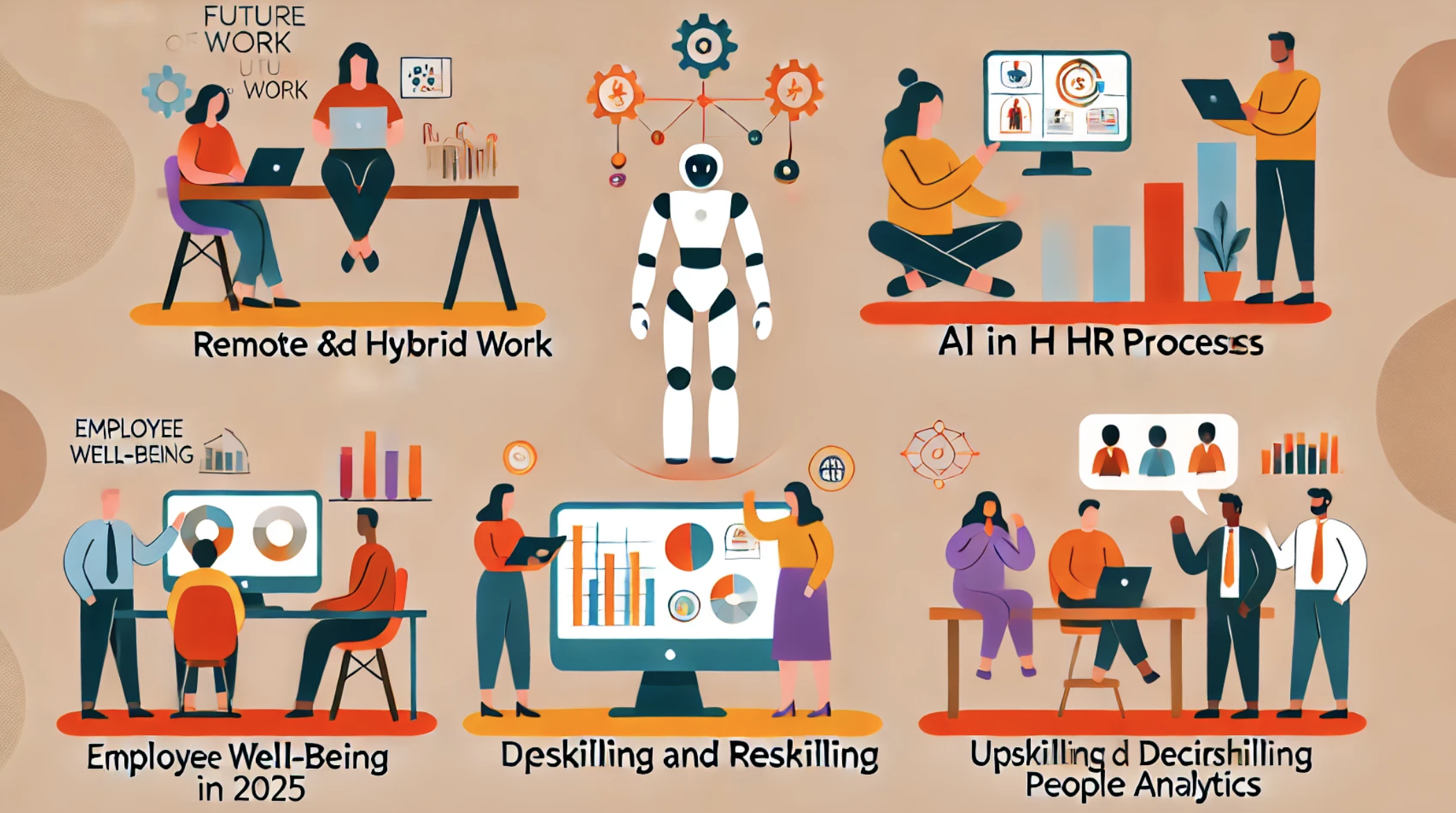 Employee Engagement
Employee Engagement
 Employee Engagement
Employee Engagement
 Employee Engagement
Employee Engagement
 Employee Engagement
Employee Engagement
 Employee Engagement
Employee Engagement
 Employee Engagement
Employee Engagement
 Employee Engagement
Employee Engagement
 Employee Engagement
Employee Engagement
 Employee Engagement
Employee Engagement
 Employee Engagement
Employee Engagement





 扫一扫
添加客服
扫一扫
添加客服




